Policy: Our National Park
Extensive development work has taken place in Vatnajökull National Park in recent years. It is important to further develop the operations in a systematic way. Towards the end of 2020, a decision was made to sharpen the course and pave the way for the coming years. The policy was prepared with the advisory service of KPMG and involved the Board, the regional councils and the national park’s staff.
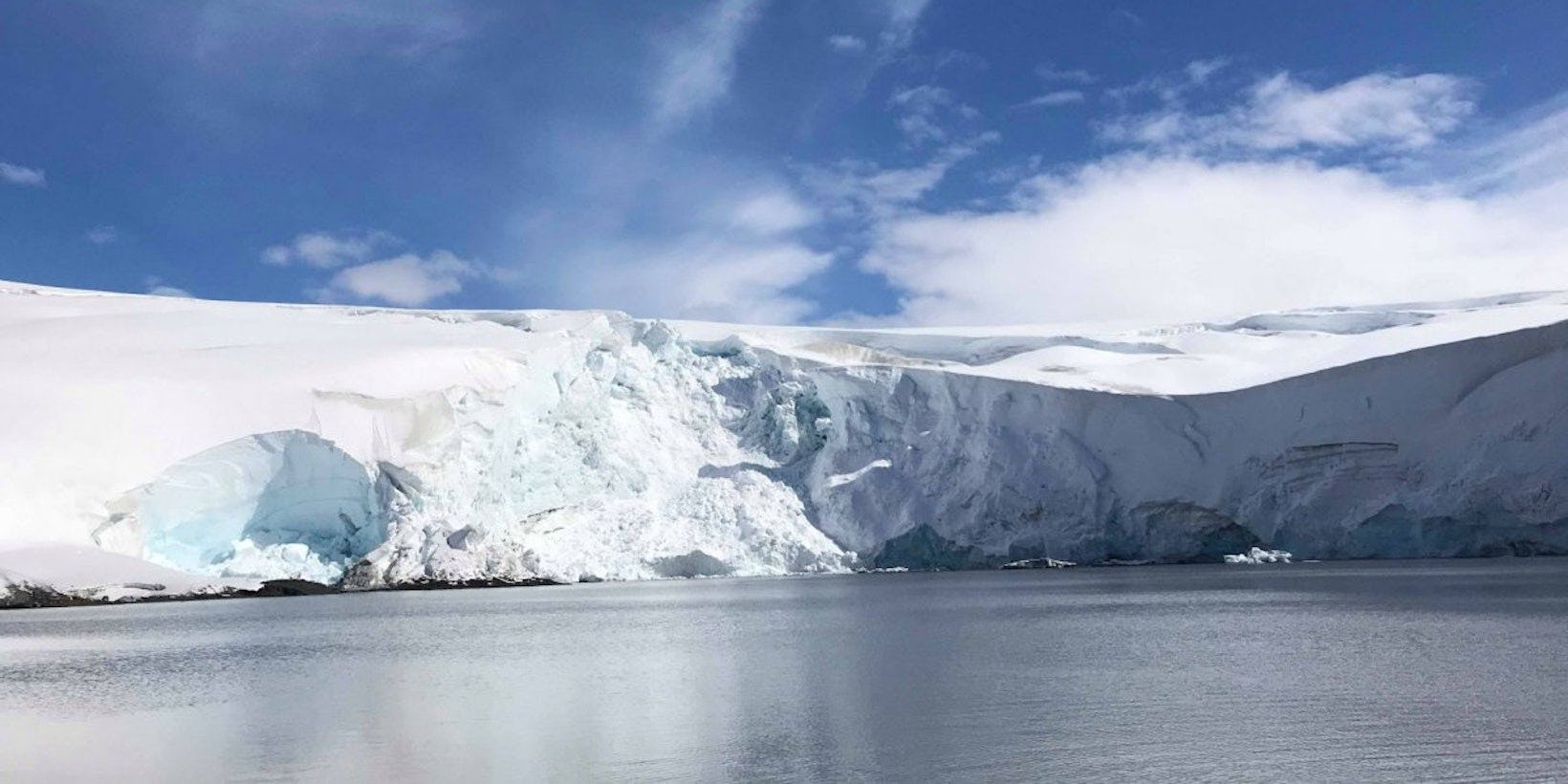
The policy
POLICY: O U R N AT I O N A L PA R K L E A D I N G I N S U S TA I N A B I L I T Y
Paving the way to the future
Extensive development work has taken place in Vatnajökull National Park in recent years. It is important to further develop the operations in a systematic way. The policy work involved the Board, the regional councils and the national park’s staff.
Policy: Leading in sustainability
Our ambition is to protect unique nature and cultural heritage, shaped by the interplay of fire and ice.
Focus
Protection
A clear land-use and protection plan
- Accessible plan for protection and utilisation prepared in collaboration with stakeholders
- Access on the grounds of sustainability and zoning in accordance with traditions and right of public access
Experience
Hospitality and education
- Service promotes a positive overall visitor experience
- Comprehensive and accessible education on the resources that make the national park uniquely valuable.
Innovation
Sustainable tourism
- Supporting the economy in innovation and sustainable use
- Clear procedures and objectives formulated in collaboration with key stakeholders
Foundations
Managment
Effective information dissemination
- Effective promotion of operations and unique aspects such as the UNESCO World Heritage List
- Initiative and active in discussion
Model operations
- Balanced operations and finances and support for sustainability
- Powerful team spirit
Reliable research
- Reliable partners and accessible information
- Utilisation of research in management
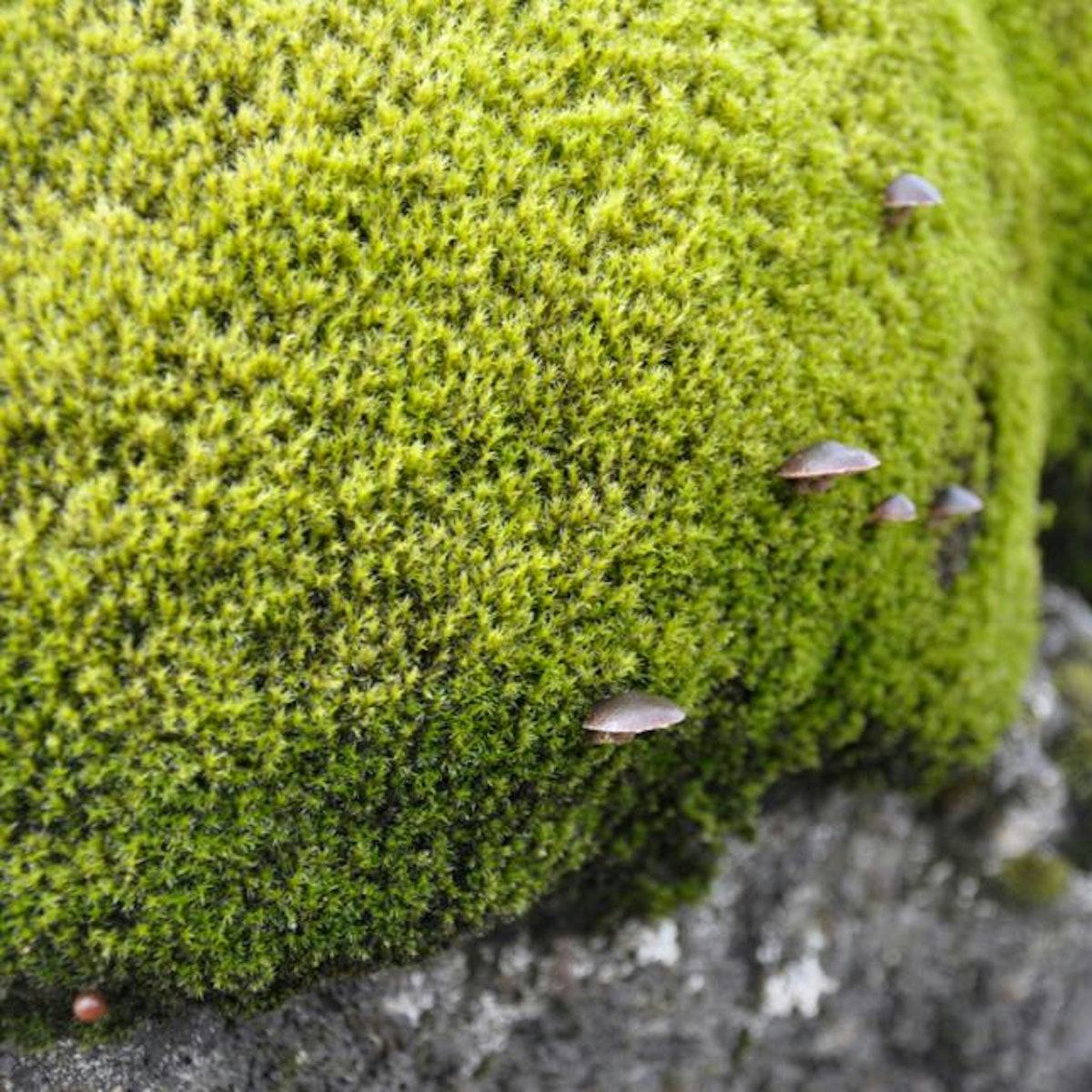
Protection
Within Vatnajökull National Park are important habitats for many organisms including rare plant and bird species that require special protection.
Protection: Focus
- A clear land-use and protection plan
- The protection of nature and heritage is one of the main roles of Vatnajökull National Park.
- A clear strategy outlining a plan for utilisation and protection is the basis and prerequisite for individuals, society and future generations to enjoy unique nature and culture for years to come. To this end, it is necessary to take into account traditions and right on public access.
Protection: Goals
- To protect nature and heritage and maintain the quality and uniqueness of the national park while providing accessibility with sustainability as a guiding principle.
- To consult with stakeholders on accessibility and education and to take into account traditions, culture and right of public access.
- To maintain the position of the national park on the UNESCO World Heritage List.
Protection: Evaluation of success
Load within tolerable carrying capacity limits
- Sustainability criteria, audits and research.
Protection: Key benchmarks
V1: Consultation process on land-use and protection plan
V2: Form draft of land-use and protection plan
V3: Prioritised plan for infrastructure development
V4: Updated management plan
V5: Sustainability criteria - load and carrying capacity limits due to traffic
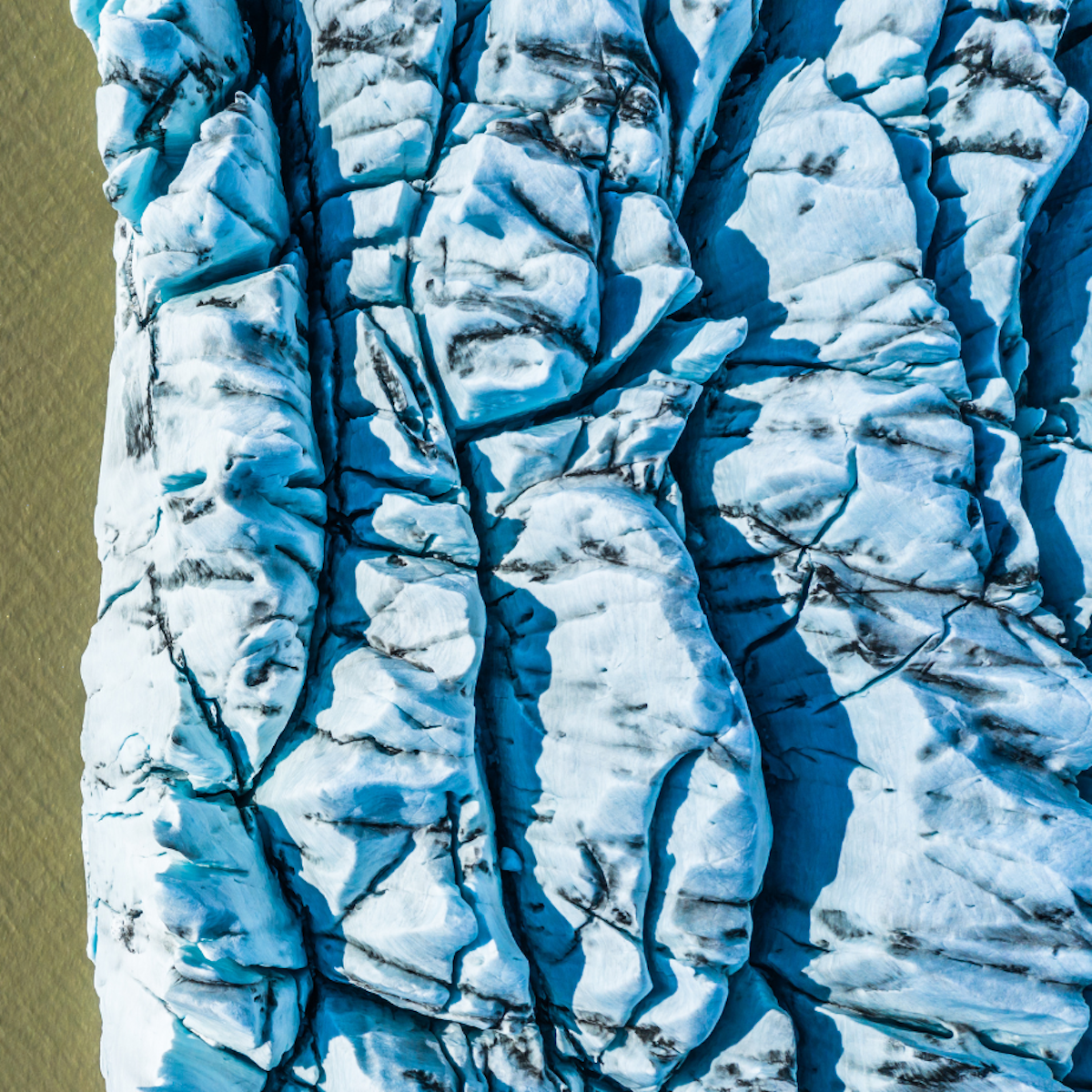
Experience
The national park contains unique information for understanding the processes of nature, in geology as well as biology. This also applies to the history of human life, the effects of natural disasters and global climate change in a country on the intersection of warmer and colder currents in the ocean and atmosphere.
Experience: Focus
Hospitality, education and a positive experience
- Within the national park are many of the country's main natural treasures. Therefore, the national park attracts a large number of tourists every year. The task is, i.a., to ensure that they can enjoy the qualities without them being overrun.
- Services and education for visitors contribute to their outstanding experience. It is also important to ensure a good experience on the national park's digital media, such as its website and service portal.
- It is important that locals consider living in the vicinity of the national park to increase their quality of life.
Experience: Goals
- That services and education contribute to the excellent experience of visitors to the national park.
- That locals consider living in the vicinity of the national park to increase their quality of life.
Experience: Evaluation of success
- Vistor satisfaction (NPS Net Promoter Score)
Experience: Key benchmarks
U1: Service policy formulated - increased quality and coordination
U2: Research accessible on the website
U3: Accessible, interactive information system
U4: Updating the service and education plan
U5: Collaboration on safety and natural disasters
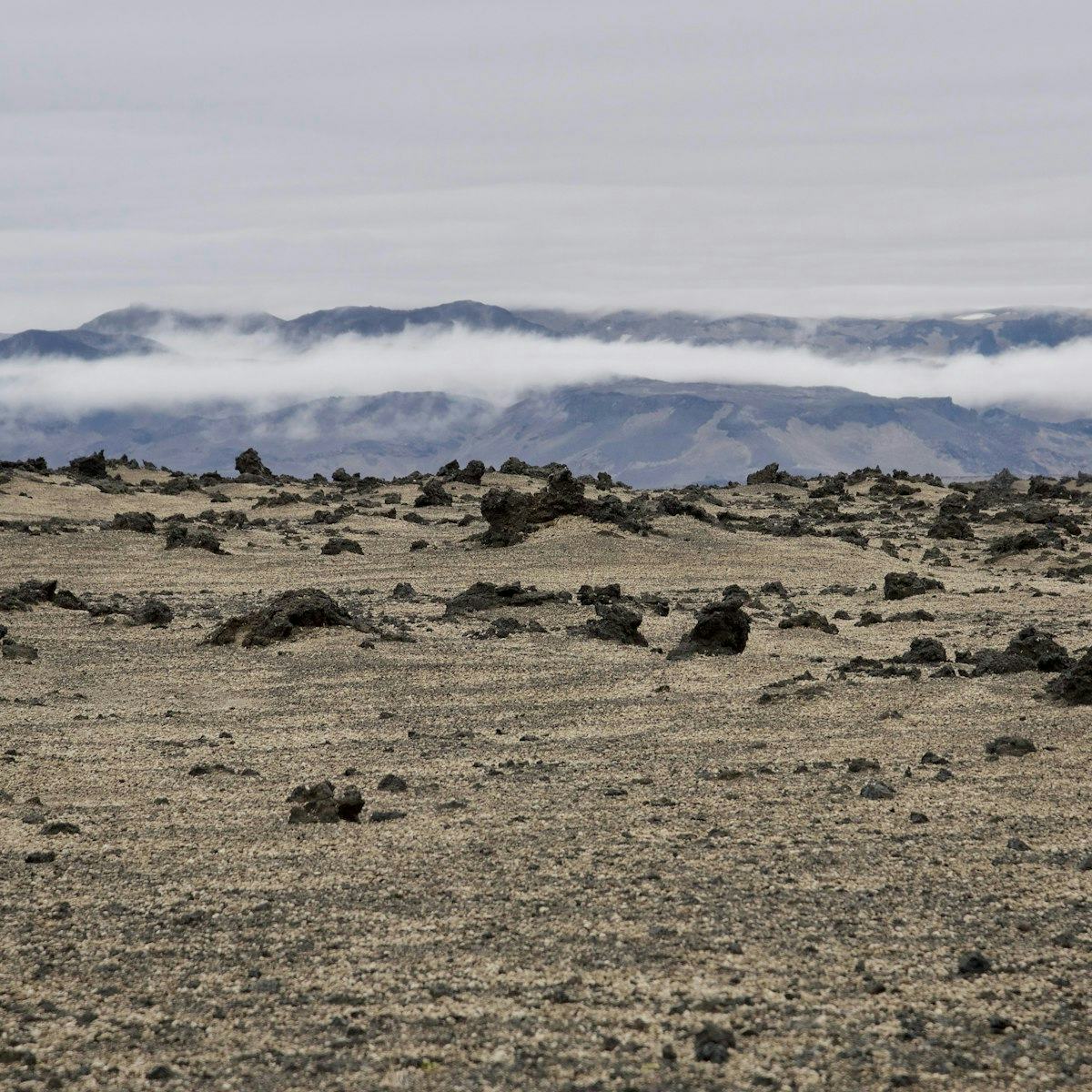
Innovation
We need to place protected areas in a broad context to show that they also strengthen the local economy and general welfare. They are thus inextricably linked to a profitable and safe environment. International Union for Conservation of Nature (IUCN)
Innovation: Focus
Sustainable tourism
- Vatnajökull National Park works to strengthen rural development and private buisness activities in its vicinity, for example by encouraging innovation and sustainable utilisation of the area. The national park is a venue for extensive private buisness activites, which is an important prerequisite for achieving its purpose.
- There is a willingness to work with interested parties on the positive development of the national park and the strengthening of the economy. The aim is to extend the length of stay of visitors in and around the national park, as well as to promote culture, increase business opportunities and increase economic benefits for society as a whole.
Innovation: Goals
- To pay special attention to sustainable development and service experience in destination management for individual and popular locations.
- Working with interested parties on the positive development of the national park, longer visitor stays, promoting culture, business and economic benefits for the community.
Innovation: Evaluation of success
- ISK 40 million expenditure of visitors within the national park and in neighboring municipalities in 2030 - approx. 5% increase per year
Innovation: Key Benchmarks
S1: Continue to develop private buisness policy
S2: Promote digital services
S3: Shared sustainability goals
S4: Prospective and "green" development
S5: Sought-after partner
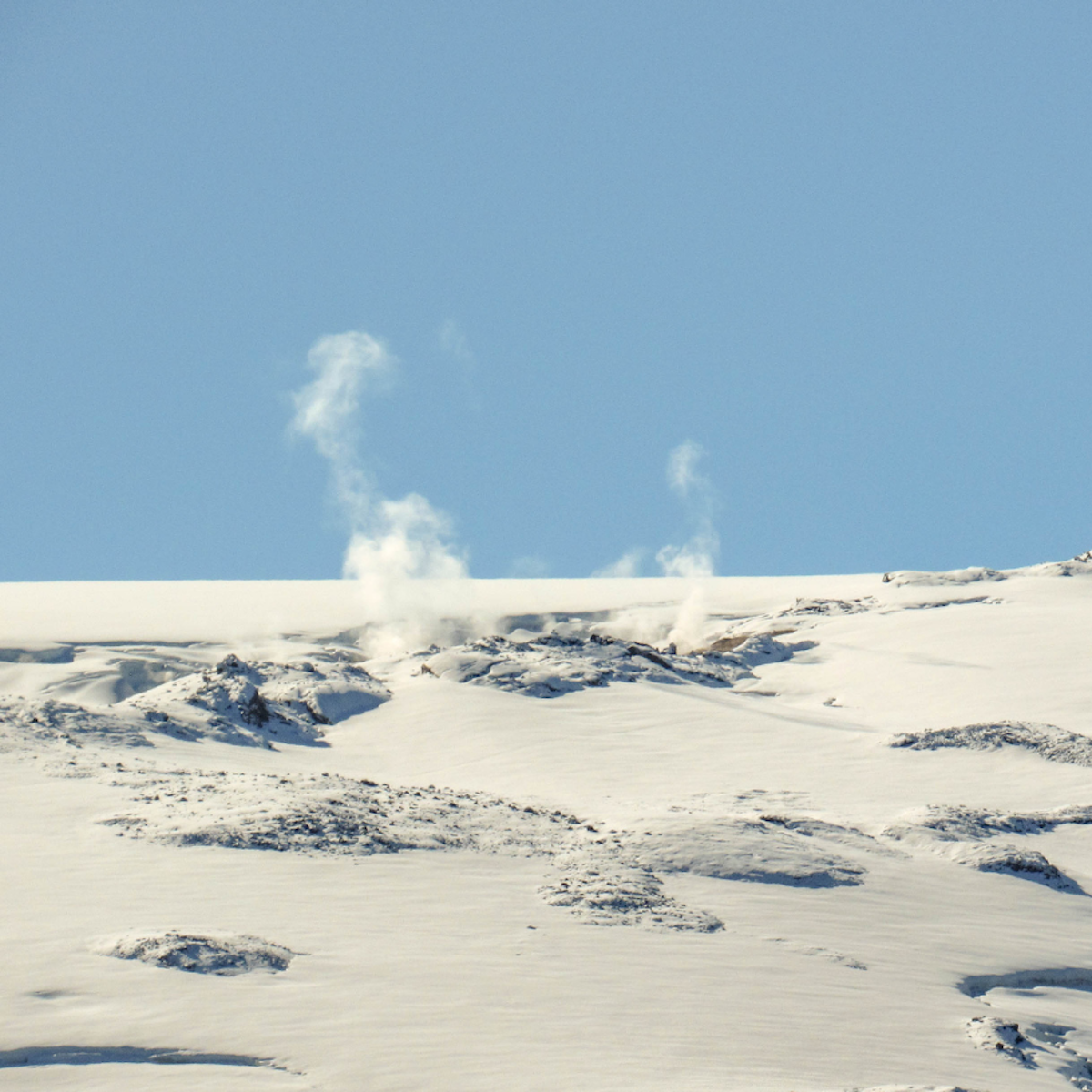
Managment
Vigorous and coordinated management, organisation and culture is needed to support policies, priorities and goals. Effective information dissemination, exemplary operations and solid research work together to ensure that everyone can work towards the common goal.
Furthermore, it is important to have good collaboration with other interested parties who do good work related to the national park, such as landowners, farmers, outdoor enthusiasts, associations and municipalities.
Organisation that supports success
- The governance of the national park is in part shaped by law, but it is also necessary to support policy and achieve results.
- National park managers and staff manage designated areas of the national park.
- Coordination and support are centralised, i.e. education, research, human resources, finance, planning, structures, other infrastructure, digital technology, licensing and contracts, resources and information dissemination.
- Through strong teamwork, regionally and centrally, work is done on the implementation and objectives of the policy, that is: protection, experience, innovation and management
Management: Goals
- To achieve outstanding results in operations through targeted collaboration with other institutions, municipalities and stakeholders.
- To build a strong and results-oriented team that strives for the vision, focus and goals to be achieved in good cooperation with partners.
Management: Evaluation of success
- Positive development key sustainability criteria
- Topp 3 in a survey of "Institution of the Year"
Management: Key Benchmarks
ST1: Vigorous project management when implementing policies
ST2: Sustainability - Risk assessment, Global Goals and control pane
ST3: Finances that support policy
ST4: Research plan, partners and implementation
ST5: Empower the group
ST6: Formulate key priorities for promotional work
ST7: Information and promotional plan and implementation
ST8: "Green" resources and vehicles
ST9: Efficiency and collaboration - updating governance or procedures
ST10: Promote knowledge and quality through formal collaboration with domestic and foreign national parks
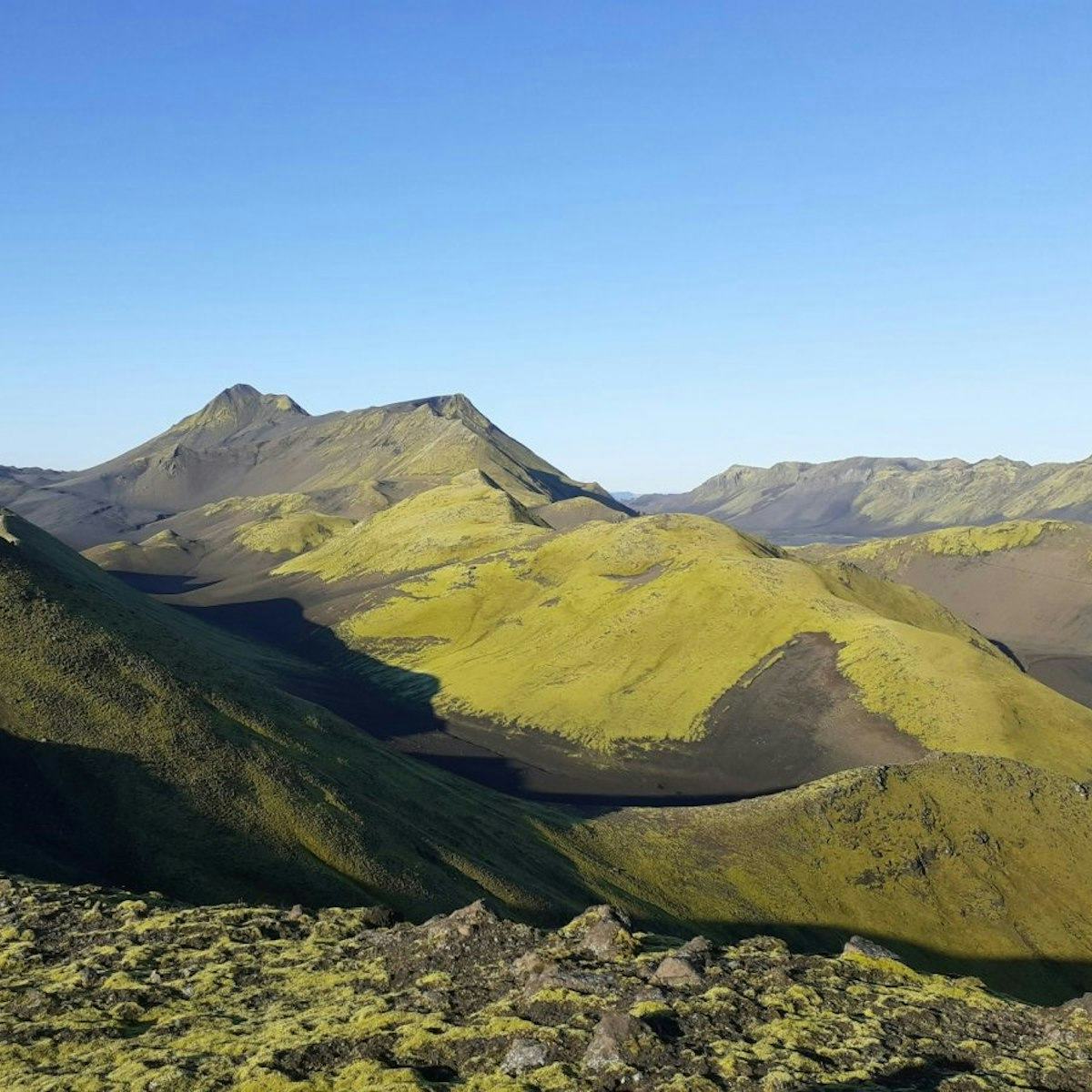
Direction
25 key benchmarks to 2025
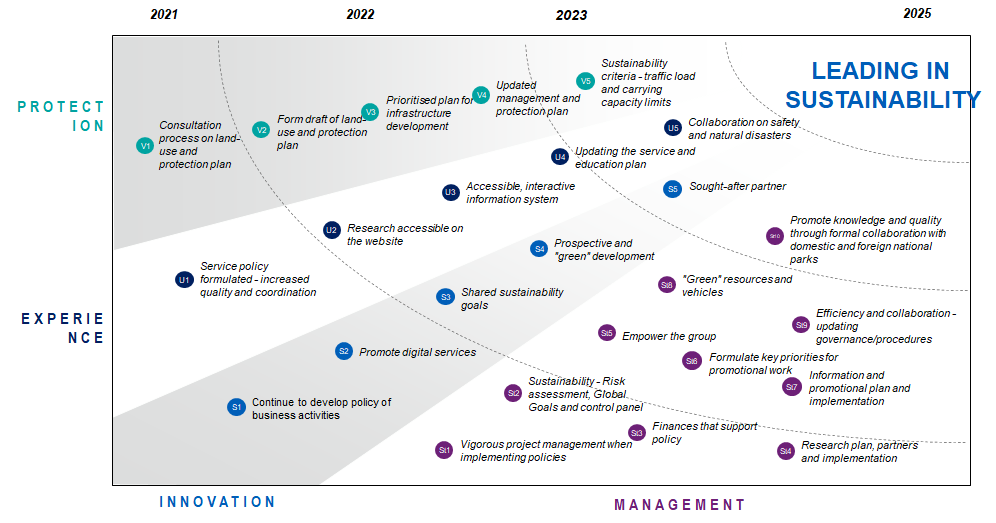
For each goal, guards are defined to achieve the set goals, and measures are defined to assess the success. There are a total of 25 key guards, projects to be carried out until 2025.